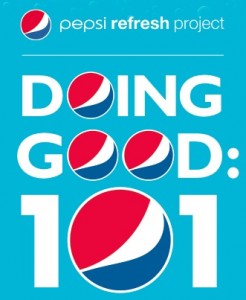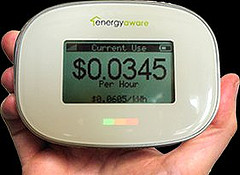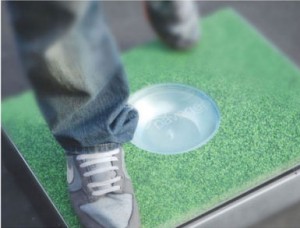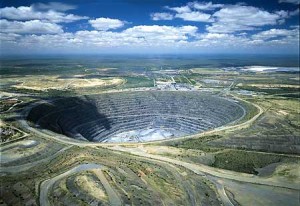We watched this TED talk in my Environment and Resources class. I thought it was really inspirational new concept. I guess it also clicked with me after being in South Africa this past summer and my questioning of sustainable development: Is it possible to help both global warming and poverty?

What is Greening the Ghetto?
“Your goal has to be to get the greenest solutions to the poorest people,” Jones told me. “That’s the only goal that’s morally compelling enough to generate enough energy to pull this transition off. The challenge is making this an everybody movement, so your main icons are Joe Six-Pack—Joe the Plumber—becoming Joe the Solar Guy, or that kid on the street corner putting down his handgun, picking up a caulk gun.”
It can’t get much better than that can it?
Inner city neighbourhoods can be some of the most polluted places on Earth, and they’re usually densely populated so that it’s hard to find any space to green. Carter’s movement started with empty lots, and they have moved up to the roofs of houses, making them reflective to heat or covering them with grass. Also, since in an urban setting such as the South Bronx, the majority of people don’t use cars as transportation, they have proposed to take out a section of barely-used highway and convert it to green space as well.
“I have made it my business to use the green economy as a social and economic solution to poverty. I want to Green the Ghetto.”
Joblessness and environmentally borne health problems have kept people from realizing their potential. At the same time, governments have been burdened with growing social welfare, public health, incarceration and infrastructure costs—all to subsidize pollution-based systems with government dollars and people’s lives.
One of the first Greening the Ghetto projects was the Bronx River. River restoration could start at any scale and grow. They put together a job training and placement system that eventually included riverbank and estuary stabilization, urban forestry, brownfield remediation and green-roof installation.
In terms of costs to government, these are society’s most expensive citizens. But what might not be as well known is that people who have a hard time participating in society—those who have suffered the trauma of prison, poverty or combat—do better when they work with living things and when they know that their work improves our collective society. That kind of work is extremely therapeutic.
Since 2003, the Bronx Environmental Stewardship Training (BEST) program has maintained a job placement rate exceeding 80 percent, and 10 percent of participants have gone on to college. It is one of the first and one of the most successful green jobs programs in the country.




